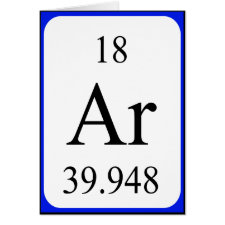
Authors: Azenha M, Kathirvel P, Nogueira P, Fernando-Silva A
Article Title: The requisite level of theory for the computational design of molecularly imprinted silica xerogels.
Publication date: 2008
Journal: Biosensors and Bioelectronics
Volume: 23
Issue: (12)
Page numbers: 1843-1849.
DOI: 10.1016/j.bios.2008.02.023
Alternative URL: http://www.sciencedirect.com/science/article/B6TFC-4RYNMDC-3/1/858ae0b99c35e48414bed6268c5e839c
Abstract: The present manuscript reports the first application of molecular modelling to the design of molecularly imprinted polymers (MIPs) prepared by alkoxysilane sol-gel polymerization. The major goal was to determine the requisite level of theory for the selection of suitable alkoxysilane functional monomers. A comparative study, applied to the design of a MIP for β-damascenone, involving different levels of theory, basis set superposition error (BSSE) correction and basis set augmentation and also semi-empirical methods, was performed. The computations results suggest that the use of the 3-21G basis set concomitantly with a method for BSSE correction represents a good compromise between theory level and computation time for the successful screening of functional monomers. Additionally, a few selected MIPs and their corresponding non-imprinted congeners (NIPs) were prepared and tested in the role of solid-phase extraction (SPE) sorbents. The confrontation of the computational results with the observed performance and morphological characteristics of the prepared MIPs suggest that besides the strength and type of interactions existing between template and functional monomers other concomitant features, related with the sol-gel process, must also be accounted for so that effective molecular imprinting is achieved in an alkoxysilane xerogel. Nevertheless, since an optimal template-functional monomer interaction is a necessary condition for successful imprinting, the choice of the best monomers is still of the greatest importance and the proposed computational method may constitute an expeditious and reliable screening tool
Template and target information: β-damascenone
Author keywords: molecular imprinting, sol-gel, β-Damascenone, Ab-initio, functional monomer



Join the Society for Molecular Imprinting

New items RSS feed
Sign-up for e-mail updates:
Choose between receiving an occasional newsletter or more frequent e-mail alerts.
Click here to go to the sign-up page.
Is your name elemental or peptidic? Enter your name and find out by clicking either of the buttons below!
Other products you may like:
 MIPdatabase
MIPdatabase









